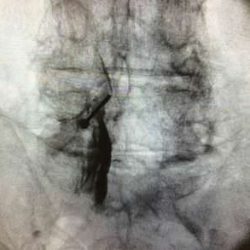About Pain Spa
We focus on a holistic approach to pain management, encouraging healthy life style changes and promoting overall well-being.
Find out more
About Pain Spa
We focus on a holistic approach to pain management, encouraging healthy life style changes and promoting overall well-being.

 Epidural steroid injections may be administered via different routes including transforaminal (TF), interlaminar (IL), and caudal routes. The route is chosen by the physician on the basis of the type of spinal pathology and the level of the spine that is affected by the pathology.
Epidural steroid injections may be administered via different routes including transforaminal (TF), interlaminar (IL), and caudal routes. The route is chosen by the physician on the basis of the type of spinal pathology and the level of the spine that is affected by the pathology.